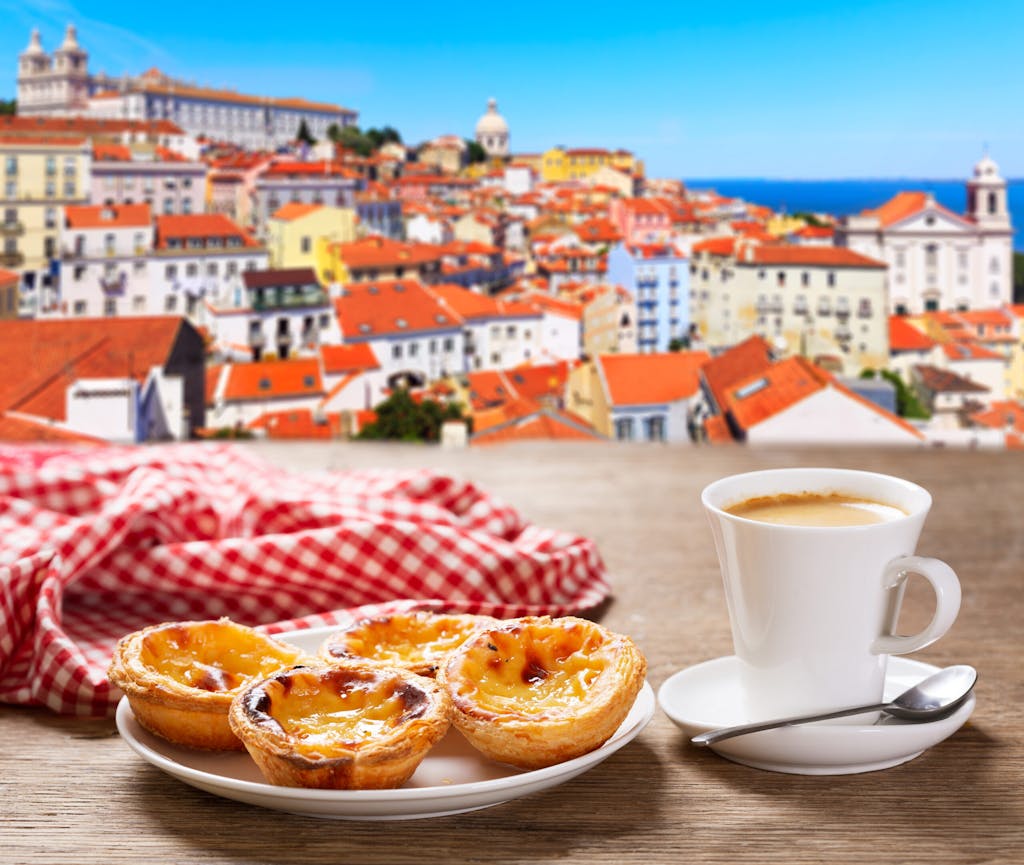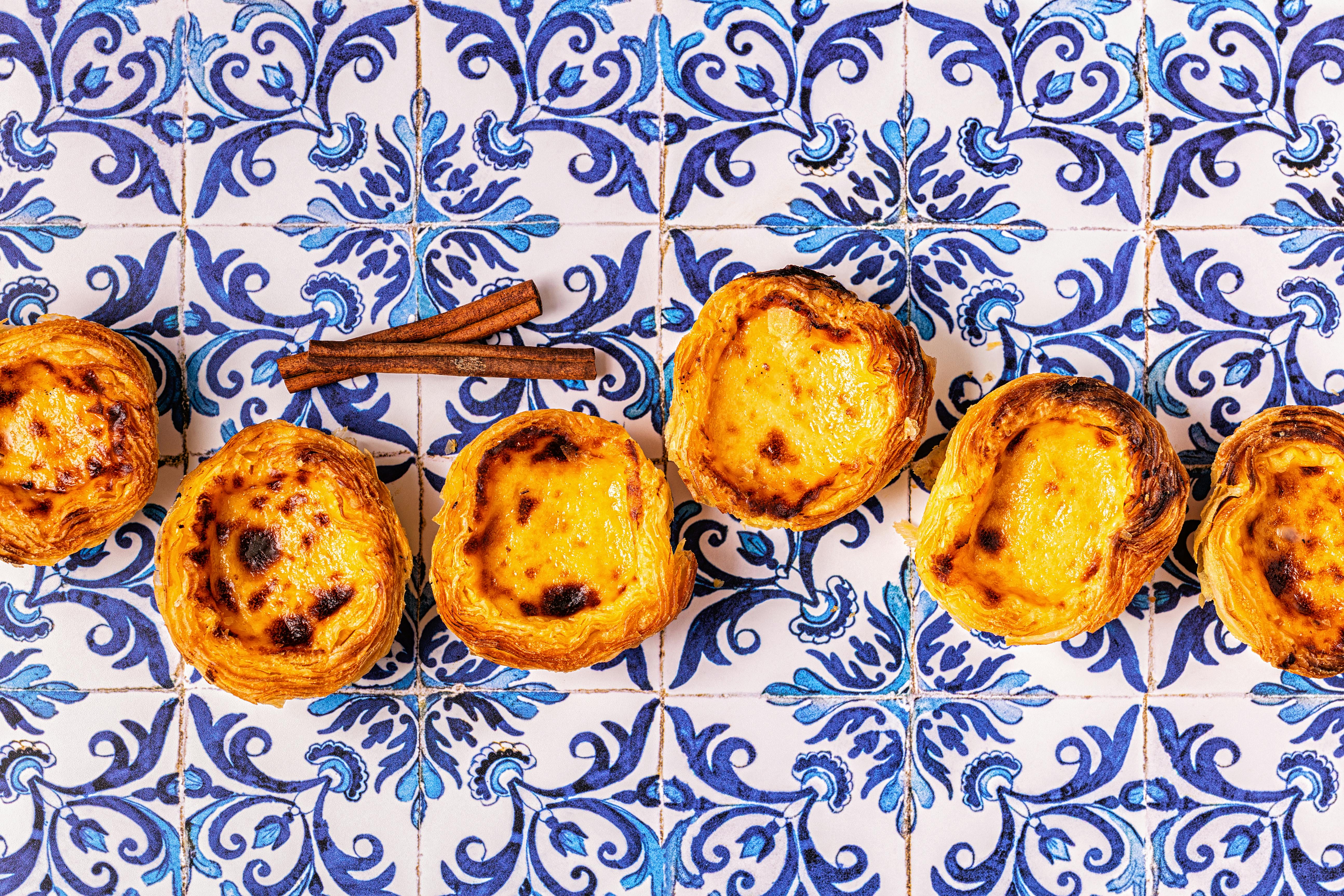Behind the Lens: The Making of Pastel de Nata, Portugal’s Extraordinary Pastry
Portugal’s wines may enchant you, and its architecture may enthrall you, but there’s something else that will ensure you’ll be back for more: a puff-pastry that encases an egg custard that’s so amazing it’s considered a national symbol of the country. It’s a little piece of paradise.
You’ll find pastel de nata (pastéis, in the plural) all over the world, including places where Portuguese settled outside of the Iberian Peninsula. You may find the pastries in Macau, Hong Kong and other parts of China, Brazil, Hawaii, California and New York and beyond.
Traveling the coast of Portugal, Silversea filmmaker Ross Vernon McDonald decided to see the sweet treat in its native country to understand the art and craft of it.
Appreciating a labor of love
Making pastel de nata is an art, a craft and a labor of love, Lisbon-based food writer and cookbook author Miguel Andrade said of the two-bite tart. “It’s pretty hard,” he said of the making of the puff pastry. “It’s like making a croissant. It takes about seven hours, so it’s a lot. You have to roll [the pastry] and roll it and put butter in it. You can’t rush the process.”
You also need to exercise some caution when it comes to these sweets: These small wonders pack a big caloric punch. Depending on the size of the pastel, you may be adding more than 200 calories to your daily intake per pastel. “Portuguese have a very, very sweet tooth,” Andrade said.
If you’re thinking of replicating these at home, be aware that they need firepower to crisp the crust and set the egg custard. At home, you’ll need an oven that reaches at least 500 Fahrenheit (about 260 Celsius); commercial producers often turn the temps to 750 Fahrenheit, about 400 Celsius, Andrade said. The heat slightly blisters the custard, adding another hint of flavor.

Where to find the best
Like any beloved food, pastel de nata attracts aficionados who are passionate about whose version is best. Some devotees believe that Pastéis de Belém, which traces its production of the pastry to the 1830s, is the taste champ. But both Vernon McDonald and Andrade crown Manteigaria in Lisbon’s Time Out Market as the superior sweet maker.
No matter where or from whom you consume your pastel, this much is universally true, Vernon McDonald said: “Sharing and learning other people’s techniques and practices is exciting for everyone.
“This experience was about capturing the joy of what food culture and [the] taste [it] can bring to people. It was about the moments of intricate details, of what goes into baking and how delicate the process can be.”
You may like your crust crunchy or your custard a little gooey. A dusting of cinnamon may provide the perfect finish for you, or you may crave a hint (or more) of lemon. Any way you slice it, you’re off to a good tart. It may be a bad pun, but it will be a great pastry.
And oh, how sweet it is.
Eager to try your first — or perhaps, best — taste of pastel de nata? Silversea’s Portugal itineraries can take you to Lisbon and beyond.
